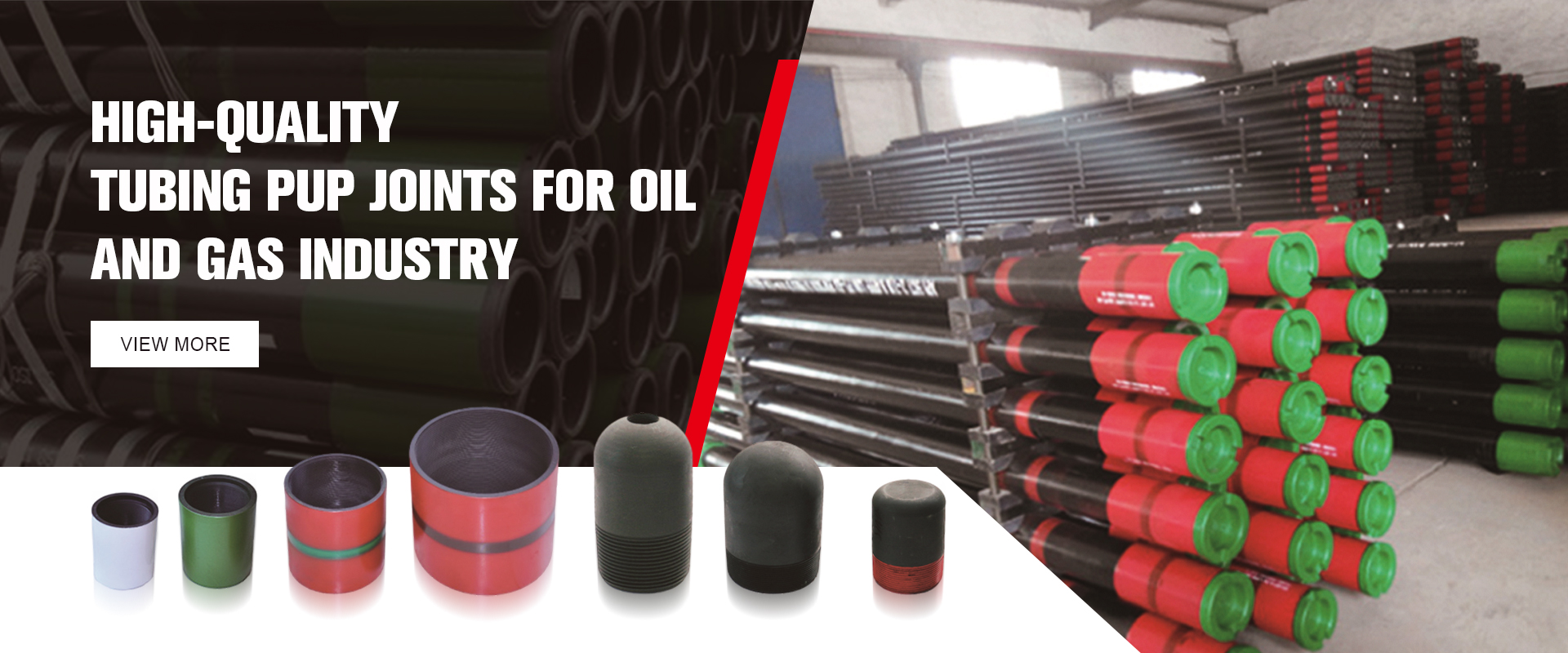- Afrikaans
- Albanian
- Amharic
- Arabic
- Armenian
- Azerbaijani
- Basque
- Belarusian
- Bengali
- Bosnian
- Bulgarian
- Catalan
- Cebuano
- Corsican
- Croatian
- Czech
- Danish
- Dutch
- English
- Esperanto
- Estonian
- Finnish
- French
- Frisian
- Galician
- Georgian
- German
- Greek
- Gujarati
- Haitian Creole
- hausa
- hawaiian
- Hebrew
- Hindi
- Miao
- Hungarian
- Icelandic
- igbo
- Indonesian
- irish
- Italian
- Japanese
- Javanese
- Kannada
- kazakh
- Khmer
- Rwandese
- Korean
- Kurdish
- Kyrgyz
- Lao
- Latin
- Latvian
- Lithuanian
- Luxembourgish
- Macedonian
- Malgashi
- Malay
- Malayalam
- Maltese
- Maori
- Marathi
- Mongolian
- Myanmar
- Nepali
- Norwegian
- Norwegian
- Occitan
- Pashto
- Persian
- Polish
- Portuguese
- Punjabi
- Romanian
- Russian
- Samoan
- Scottish Gaelic
- Serbian
- Sesotho
- Shona
- Sindhi
- Sinhala
- Slovak
- Slovenian
- Somali
- Spanish
- Sundanese
- Swahili
- Swedish
- Tagalog
- Tajik
- Tamil
- Tatar
- Telugu
- Thai
- Turkish
- Turkmen
- Ukrainian
- Urdu
- Uighur
- Uzbek
- Vietnamese
- Welsh
- Bantu
- Yiddish
- Yoruba
- Zulu
Exploring the Benefits and Applications of Well Casing Extension Couplings in Oil and Gas Industry
Well Casing Extension Coupling An Essential Component in Drilling Operations
In the complex world of oil and gas exploration, the integrity and efficiency of drilling operations are paramount. One crucial component that plays a pivotal role in ensuring the success of these operations is the well casing extension coupling. This device is often overlooked but is essential in maintaining the structural integrity of the wellbore and facilitating effective drilling processes.
Understanding Well Casing
Before delving into the significance of well casing extension couplings, it’s essential to understand what well casing is. Well casing refers to the series of pipes that are inserted into the drilled borehole to provide structural support and prevent the collapse of the wellbore walls. It also serves to isolate the production zone from other formations and aquifers, thus protecting the integrity of the groundwater.
Function of Well Casing Extension Couplings
As drilling progresses, the need to extend the casing arises, especially in deeper wells or where the geological formations are complex. This is where well casing extension couplings come into play. These specialized connectors are used to join different sections of casing pipes, allowing for a seamless transition as the drilling operation extends deeper into the earth.
The coupling acts as a bridge between two casing segments, ensuring that they are securely locked together. This is critical because any failure in the junction could lead to catastrophic consequences, including well blowouts or contamination of aquifers. The design of these couplings is engineered to withstand high pressures and extreme conditions typically encountered during drilling.
Types of Casing Couplings
There are several types of well casing extension couplings, each designed for specific applications and conditions. The most common types include
1. Threaded Couplings These are the traditional connections used in casing joints. They are easy to install and provide a secure fit, though they require careful threading to ensure integrity.
well casing extension coupling

2. Welded Couplings For applications where extra strength is needed, welded couplings provide a robust solution. They are permanently attached and offer exceptional resistance to external pressures.
3. Screwed Couplings These couplings are designed for quick installation and can be used in various applications, providing flexibility in situations where rapid deployment is required.
Advantages of Using Well Casing Extension Couplings
The implementation of well casing extension couplings in drilling operations offers numerous advantages
- Structural Integrity By ensuring a secure connection between casing sections, these couplings help maintain the overall structural integrity of the well.
- Safety With the ability to withstand high pressures, these couplings significantly reduce the risk of well blowouts and other hazardous incidents, thus enhancing safety for drilling crews.
- Cost-Efficiency While the initial investment in high-quality couplings may be higher, their durability and reliability can lead to substantial savings by reducing downtime and mitigating the risks associated with faulty connections.
- Versatility With various designs available, well casing extension couplings can be used in a wide range of drilling scenarios, making them adaptable to different geological and operational challenges.
Conclusion
In summary, well casing extension couplings are vital components in the drilling process, providing essential support and safety measures necessary for successful operations. Their ability to connect casing sections securely makes them indispensable in the oil and gas industry. As exploration continues to push into deeper and more challenging environments, the role of these couplings will become even more significant, highlighting the need for continued innovation and quality in their design and manufacture. Understanding their importance can lead to more efficient and safer drilling practices, ultimately benefiting the entire energy sector.
-
Tubing Pup Joints: Essential Components for Oil and Gas OperationsNewsJul.10,2025
-
Pup Joints: Essential Components for Reliable Drilling OperationsNewsJul.10,2025
-
Pipe Couplings: Connecting Your World EfficientlyNewsJul.10,2025
-
Mastering Oilfield Operations with Quality Tubing and CasingNewsJul.10,2025
-
High-Quality Casing Couplings for Every NeedNewsJul.10,2025
-
Boost Your Drilling Efficiency with Premium Crossover Tools & Seating NipplesNewsJul.10,2025







